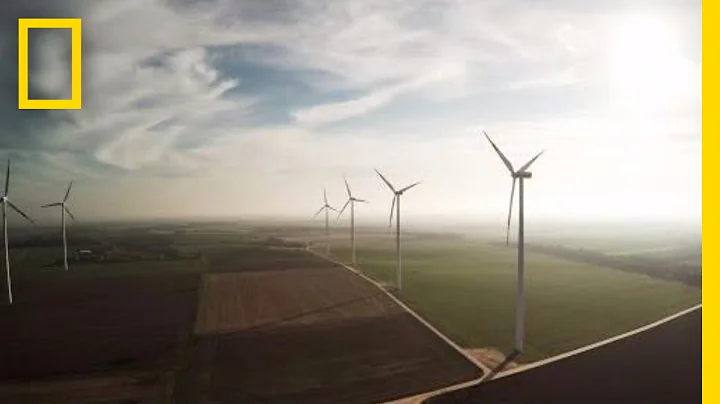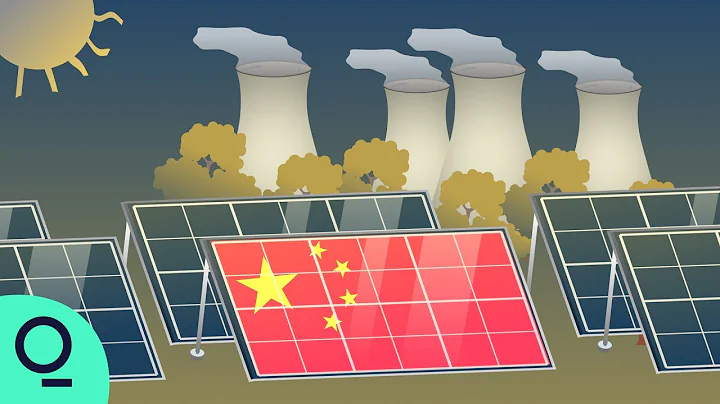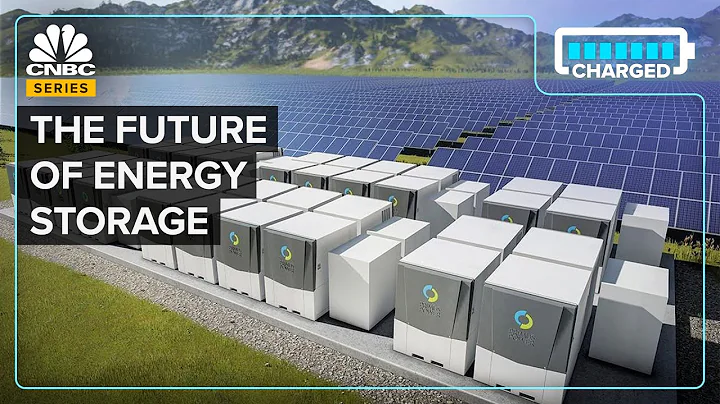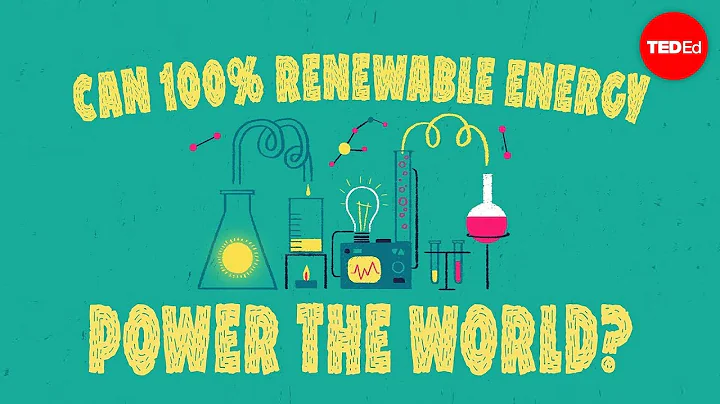[High-quality energy content, click 'Follow' in the upper right corner]
Although renewable energy sources are very useful, they need to be supported by storage systems to store energy when the sun is not shining or the wind is not blowing. "Ocean Battery" is a new energy storage system design that functions a bit like a hydroelectric dam on the seabed.
![[High-quality energy content, click 'Follow' in the upper right corner] Although renewable energy sources are very useful, they need to be supported by storage systems to store energy when the sun is not shining or the wind is not blowing.](https://cdn-dd.lujuba.top/img/loading.gif)
The "ocean battery" was developed by Dutch startup Ocean GRAZER and is designed to be installed on the seafloor near offshore renewable energy generators such as wind turbines, floating solar farms, and tidal and wave energy systems. It consists of three parts and its functional principle is similar to that of a dam.
Buried under the sea is a concrete reservoir that can hold up to 20 million liters (5.3 million gallons) of fresh water and store it at low pressure. A system of pumps and turbines connects this reservoir to a flexible bladder on the seafloor. Excess electricity from renewable sources can be used to pump water from the reservoir into the bladders. When energy is needed, the bladder releases and, driven by the pressure of the seawater above it, squeezes its water back into the reservoir, spinning turbines along the way to feed the generated electricity into the grid.
![[High-quality energy content, click 'Follow' in the upper right corner] Although renewable energy sources are very useful, they need to be supported by storage systems to store energy when the sun is not shining or the wind is not blowing.](https://cdn-dd.lujuba.top/img/loading.gif)
Ocean Grazer team said that the efficiency of the system is between 70% and 80%, and it should be able to run infinitely in an operating life of more than 20 years. Additionally, since it is quite scalable - each concrete reservoir has a capacity of 10 MWh, adding these reservoirs can increase the overall capacity. If more energy is needed quickly, additional pump and turbine units can also be added to increase power output.
The concept of an "ocean battery" is intriguing, but it's far from the only ocean battery design underway. A similar idea has been outlined by Subhydro, which pumps seawater out of a tank placed on the ocean floor, then puts the water back into the tank when power is needed and spins turbines as the tank fills. MIT also describes a similar concept using hollow concrete spheres. Another recent design takes advantage of buoyancy, using electricity to drag and hold balloon-like containers underwater and then releasing them to generate electricity.
Still, none of these solutions will fit all situations, so solving a global problem like renewable energy storage will likely require a host of different, creative ideas.
* All texts, pictures and audio and video materials that are stated as sources on this website as "China Energy News/China Energy Network" are copyrighted by China Energy News and may not be reproduced without authorization; any sources stated on this website are not from "China Energy News" The copyright of the works of "China Energy News/China Energy Network" belongs to the original author and does not represent the position and opinions of this website. If there is any infringement, please contact us for deletion.





















